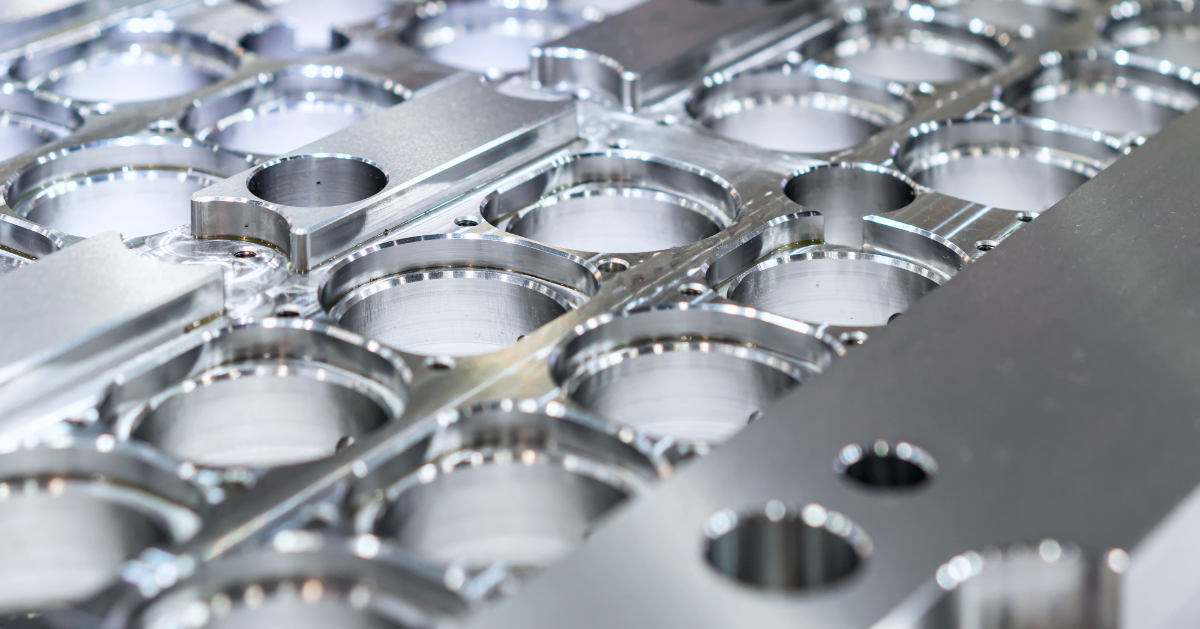
You may also like:
Wear Resistant Designs: Engineering for Longevity
Machining Heat-Resistant Alloys: Advantages and Challenges
Tooling Selection: Optimizing for Performance and Tool Life
Precision machining is where raw materials are transformed into meticulously crafted components with unmatched accuracy. Blending advanced technology with skilled craftsmanship, this process plays a critical role in shaping everything from aerospace engines to surgical tools. But what exactly does precision machining involve—and why is it so essential?
What Is Precision Machining?
At its core, precision machining is a subtractive manufacturing process that removes material from a workpiece to achieve extremely tight tolerances and fine surface finishes. It’s not about getting “close enough”—it’s about reaching dimensions down to the micron, or one-thousandth of a millimeter.
Typically performed on CNC (Computer Numerical Control) machines, this process relies on exact digital instructions to control cutting tools with exceptional accuracy. Whether it’s a simple hole or a complex multi-axis contour, CNC systems ensure that each cut is consistent, repeatable, and precise.
Core Techniques in Precision Machining
Precision machining encompasses several specialized techniques, each serving unique purposes:
- Turning
Involves rotating the workpiece against a fixed cutting tool, ideal for producing round or cylindrical shapes like shafts and bushings. - Milling
A rotating cutting tool shapes a stationary workpiece, enabling the creation of complex geometries, slots, and contours. - Grinding
Uses abrasive wheels to achieve ultra-fine finishes and tight dimensional tolerances—often in the micrometer or even sub-micrometer range. - Drilling
Accurately produces holes to precise diameters and depths, with tolerances often measured in hundredths of a millimeter.
Why Does Precision Machining Matter?
Industries that rely on high-performance and safety—like aerospace, medical, and automotive—can’t afford imprecision. In these fields, even a tiny misalignment can lead to performance loss, excessive wear, or catastrophic failure.
Precision machining ensures:
- Perfect component fit
- Reduced friction and wear
- Improved reliability and efficiency
For instance, a deviation of just a few microns in an aircraft engine part could lead to higher fuel consumption or premature component failure.
Frequently Asked Questions
What sets precision machining apart from standard machining?
Precision machining operates on a far tighter scale. While general machining may allow tolerances of ±0.05mm, precision machining often works within ±0.005mm or even tighter.
What materials can be used?
Precision machining is highly versatile—capable of working with metals like aluminum, titanium, and steel, as well as plastics and composite materials. Material choice depends on the specific application and performance requirements.
How accurate can the process be?
With the right tools and techniques, tolerances as fine as a few micrometers—or even into the nanometer range—can be achieved.
Where is precision machining used?
Applications span across:
- Aerospace (engine parts, landing gear components)
- Automotive (transmission systems, precision engine parts)
- Medical (orthopedic implants, surgical instruments)
- Electronics (semiconductor manufacturing)
- Energy (turbine blades, precision fittings)
Final Thoughts
Precision machining is far more than just cutting material—it’s about delivering performance, consistency, and excellence in every component. With the right combination of advanced equipment and expert knowledge, precision machining enables manufacturers to meet the most demanding standards across industries.
Whether you’re building the future of aerospace or improving the reliability of medical devices, precision machining is the foundation of your success.